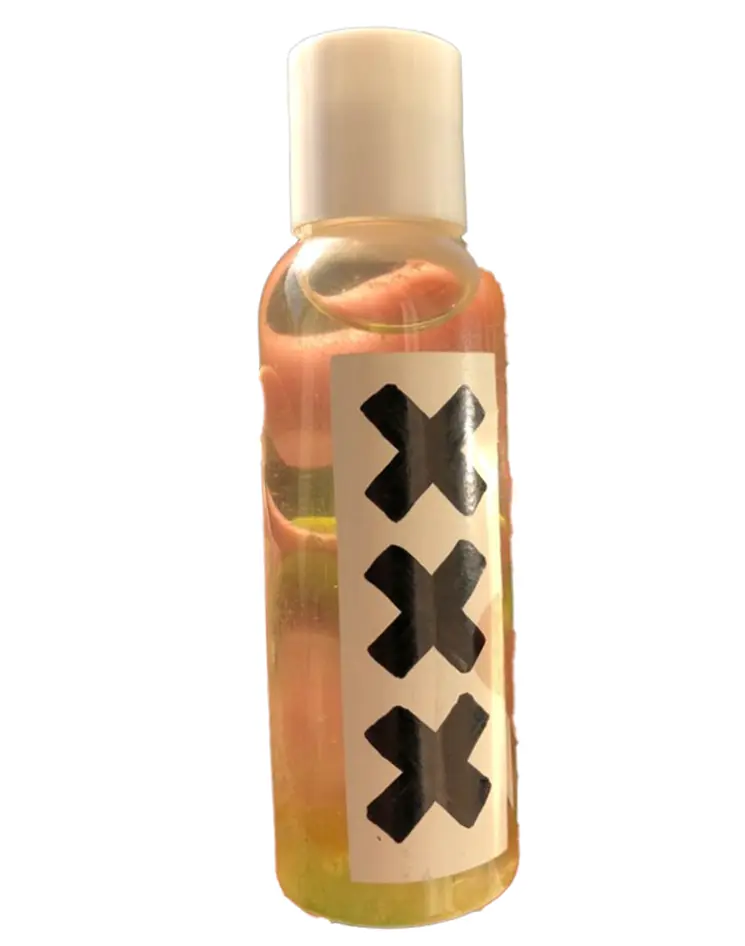

This site contains materials from ‘public interventions’ that were designed, performed and reported by students in the Literary and Cultural Analysis department at the University of Amsterdam. They are shaped in conversation with the ideas, concepts, and theories discussed in classes, where the ‘public intervention’ component is implemented, with the aim of thinking further on the social relevance and political context of ‘doing’ cultural analysis and insisting on its ‘practice’ aspect. Through these interventions, students explore the relationship between theory and practice by engaging with Amsterdam as an urban space they inhabit, revisiting signs and movements in everyday life, interacting with each other and strangers, creating situations, taking concepts for a walk, attending to the traffic between inside and outside of text, classroom, academia. The material can be visited according to course, year, or theme. The site is envisioned as a growing archive of the visual, textual and audio reports of the student interventions as they are moved by and move with the world and resonate with the urgencies of the present.
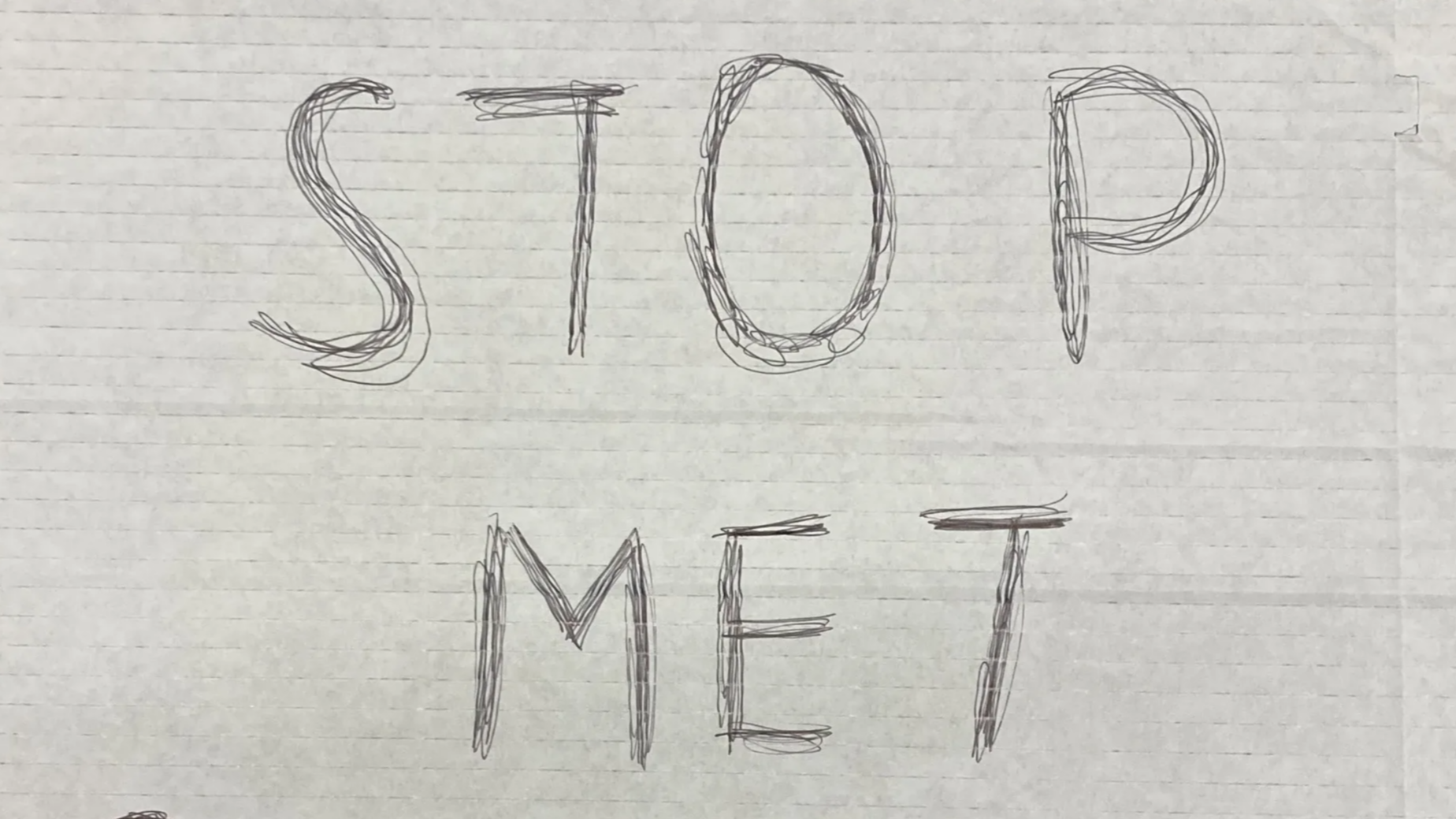
What does it mean to perform an ideology and to perform a protest?
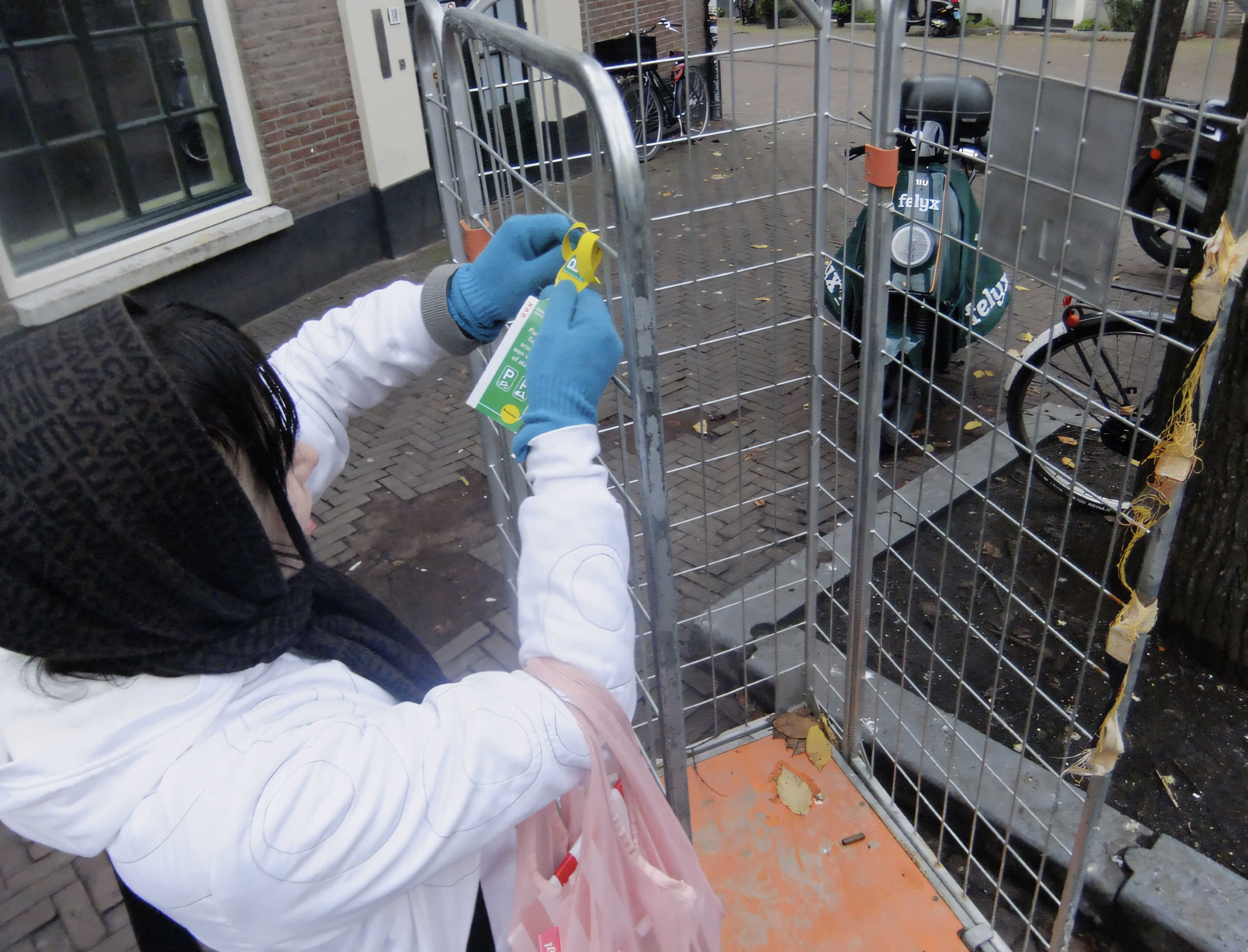
If a bike could speak, what would it tell you? If it had eyes, what would it see? And how does an object like a bicycle carve out space for itself in the city, and in its inhabitant’s minds?
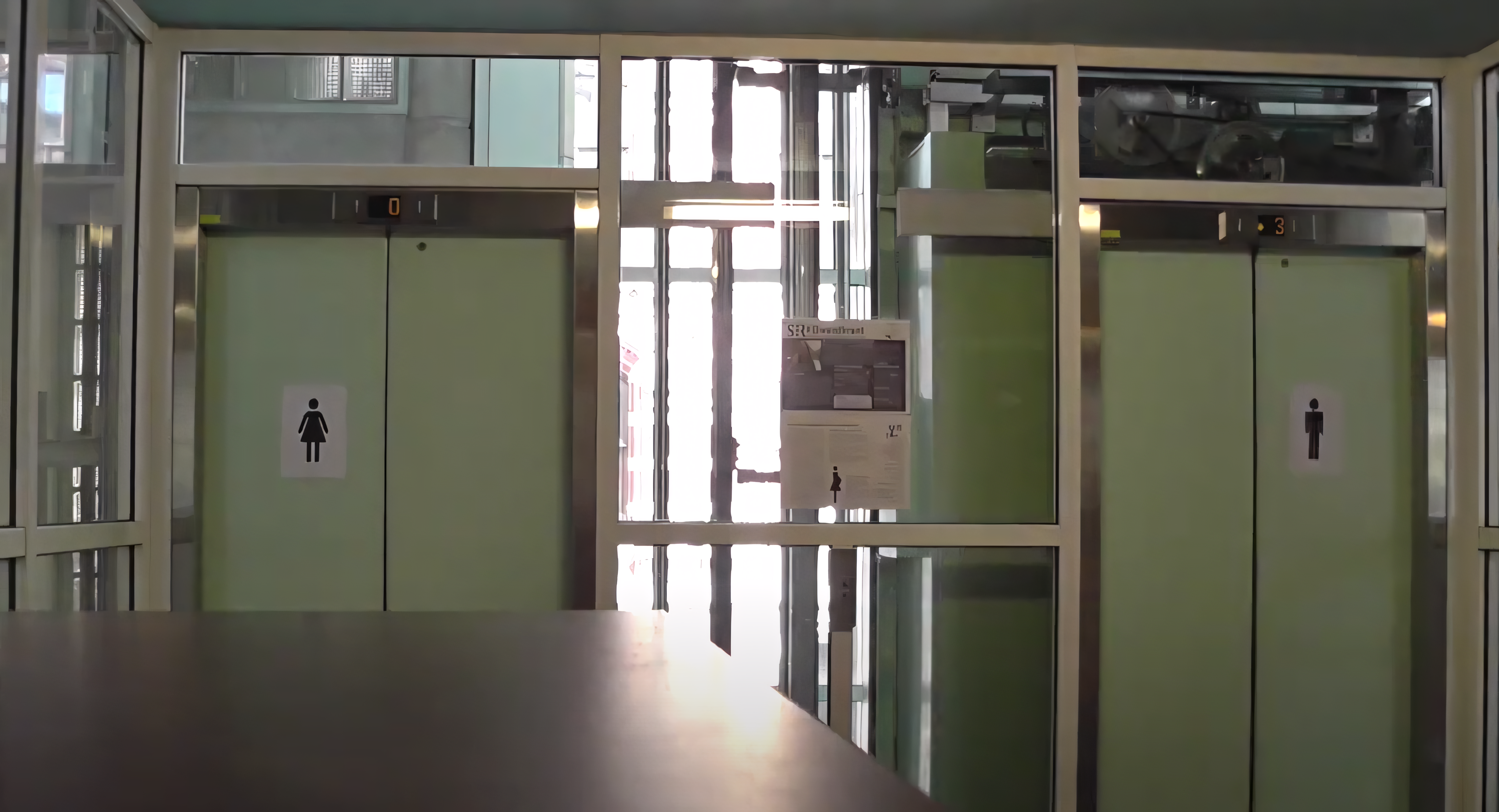
Gender Trouble in P.C. Hoofthuis.
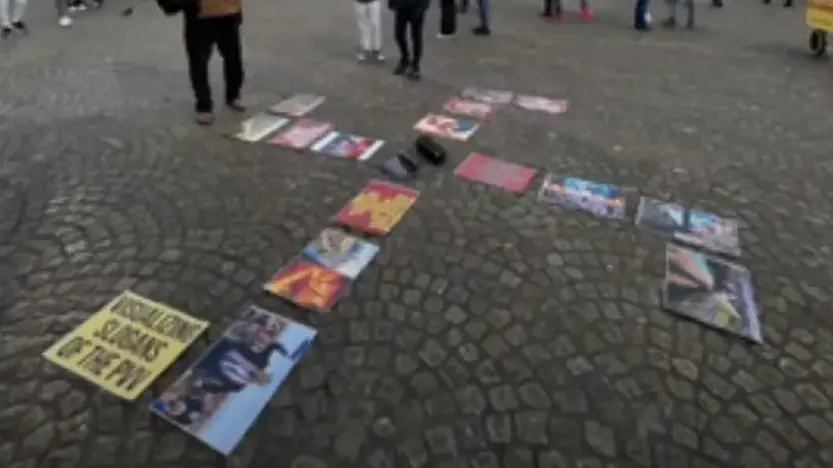
PVV slogans in Amsterdam Central.
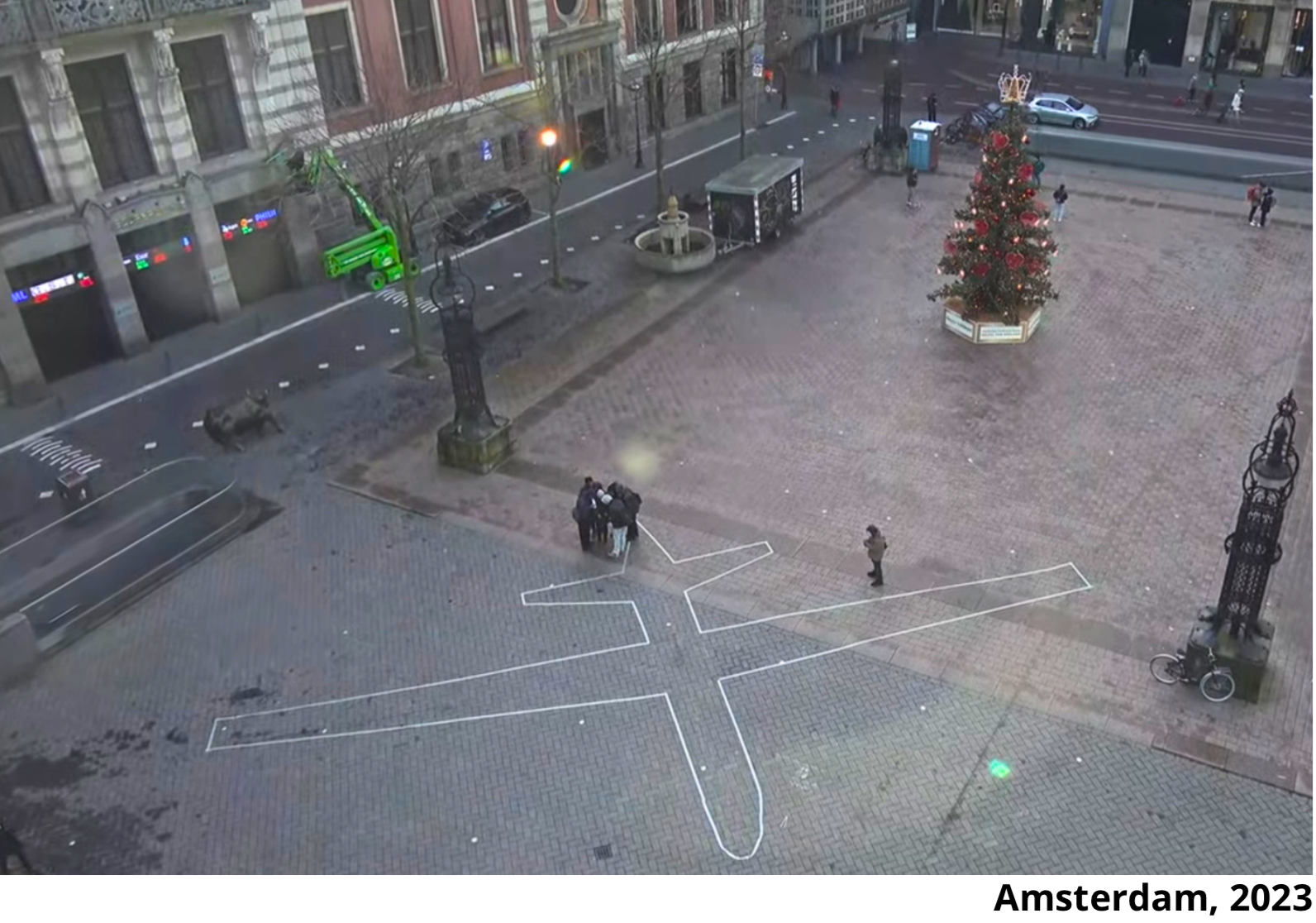
Bring the drone home; we can finally see its true size!
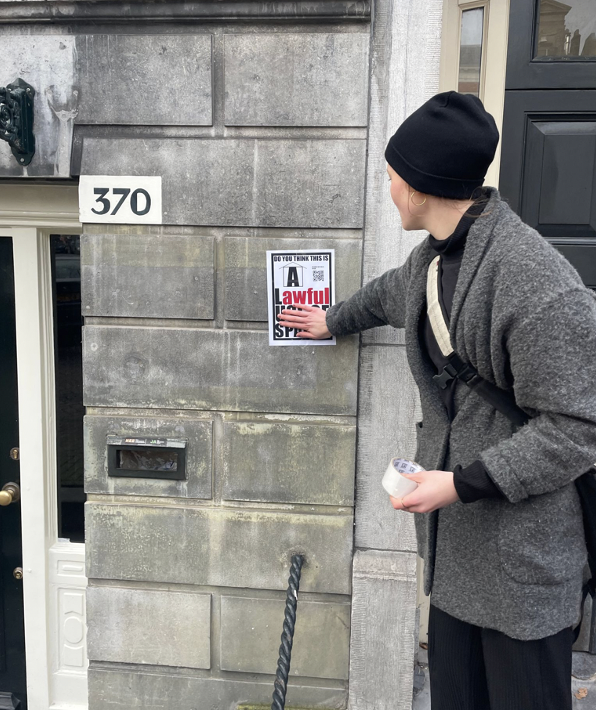
Is it ethical for these businesses to be taking up this space?
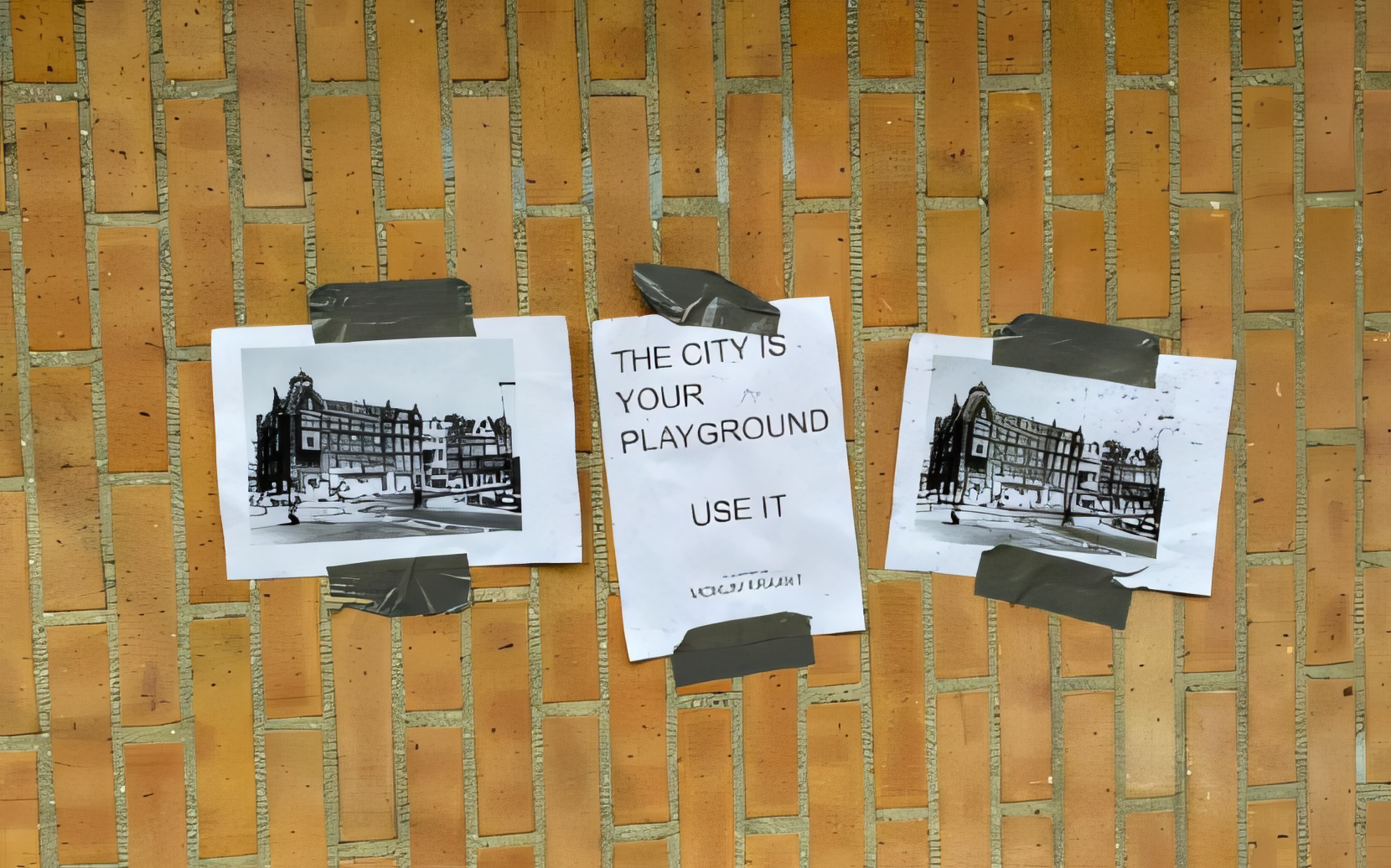
Our hope is to create a tiny moment of visibility for what was and for what could be once again.
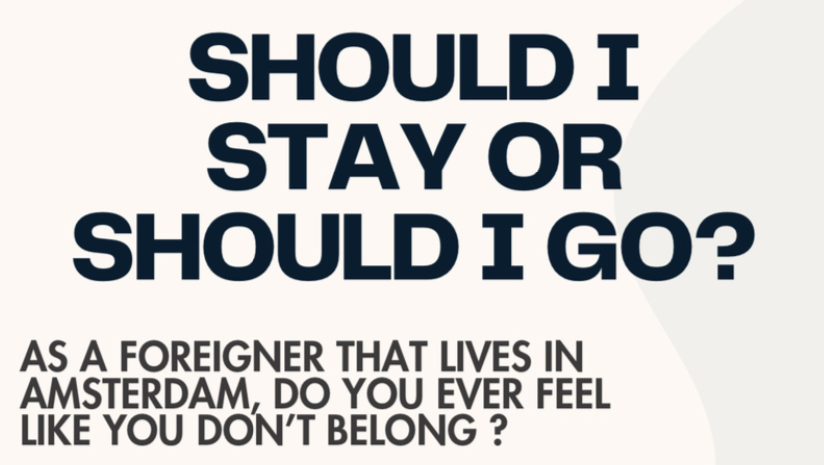
Who is truly welcome in the city of Amsterdam? The city has a reputation of a very liberal and open community, but does that reflect in the lived experience of expats and immigrants?

…we set out to ask this question (“Where do you feel safe being queer?”) and used the answers to create a guide of queer-friendly spaces that can be accessed by everyone.
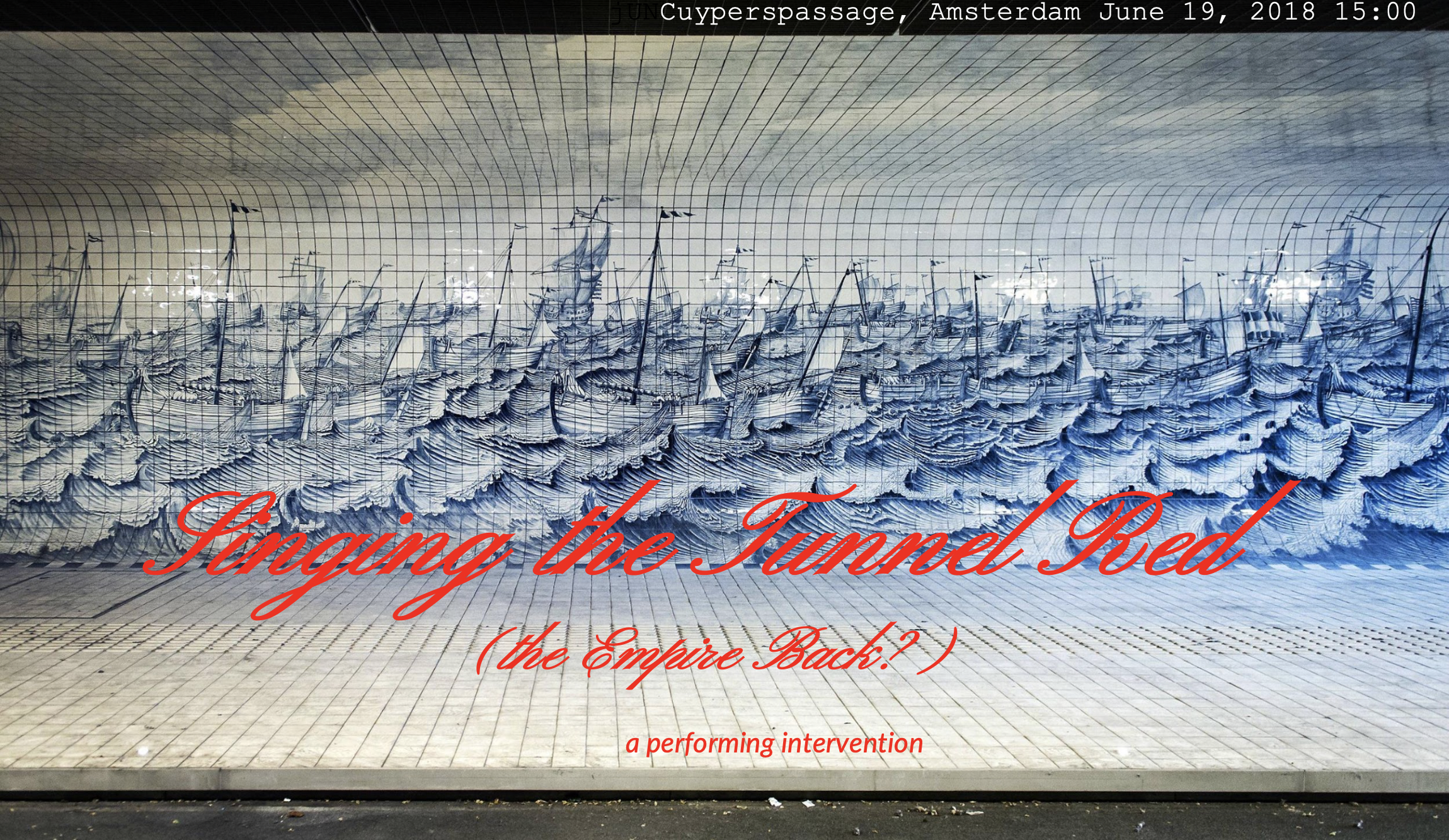
We wore red costumes during the intervention, which formed the colors of the Dutch flag when combined with the blue and white colors of the tiles depicting the fleets on the walls. We sang children folk songs in the passage and recorded our performances.
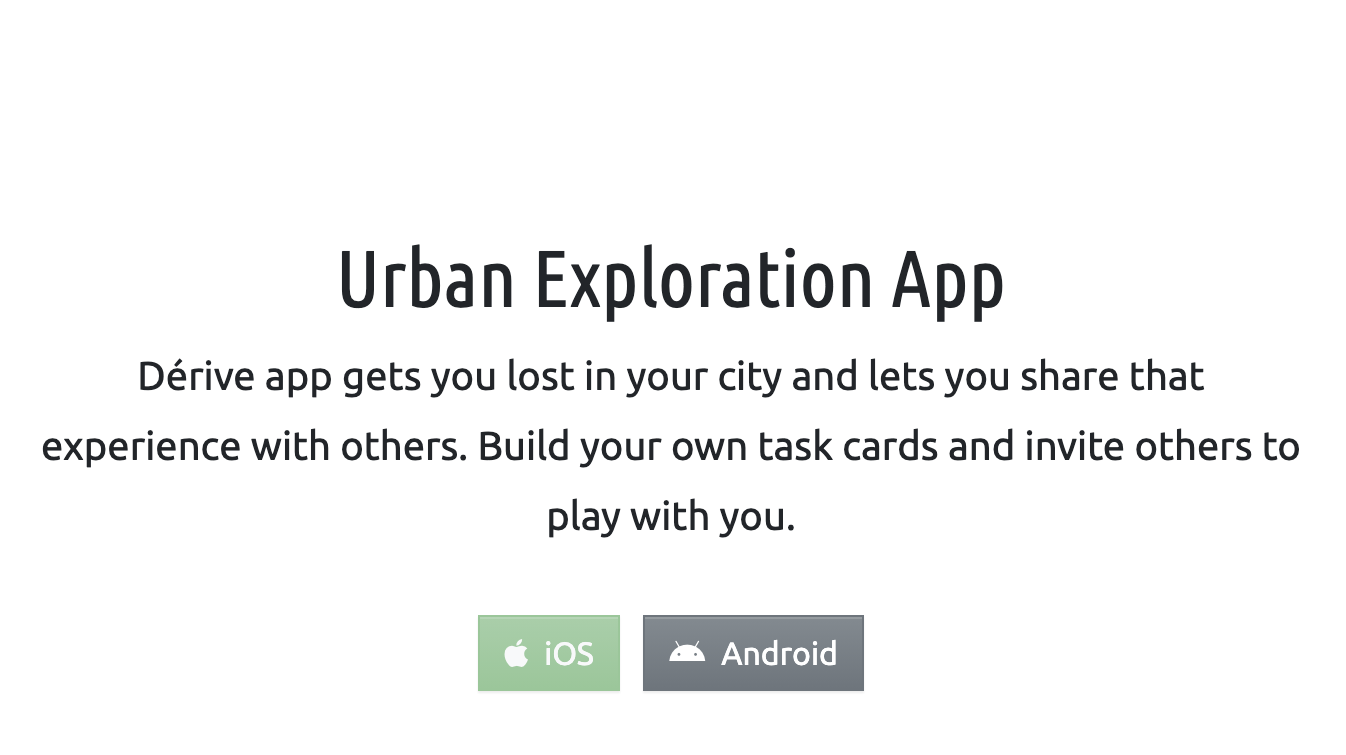
12/06/2019 12:00am—1:00pm. Starting from the front door of P.C. Hoofhuis, all the group members- Nina, Rupert and I started a special one-hour adventure of exploring Amsterdam with the Dérive App.

We made a small guide of Amsterdam with some information on the city’s involvement in slavery, attached the guides to ice cream (Raketjes) and handed them out on the streets.
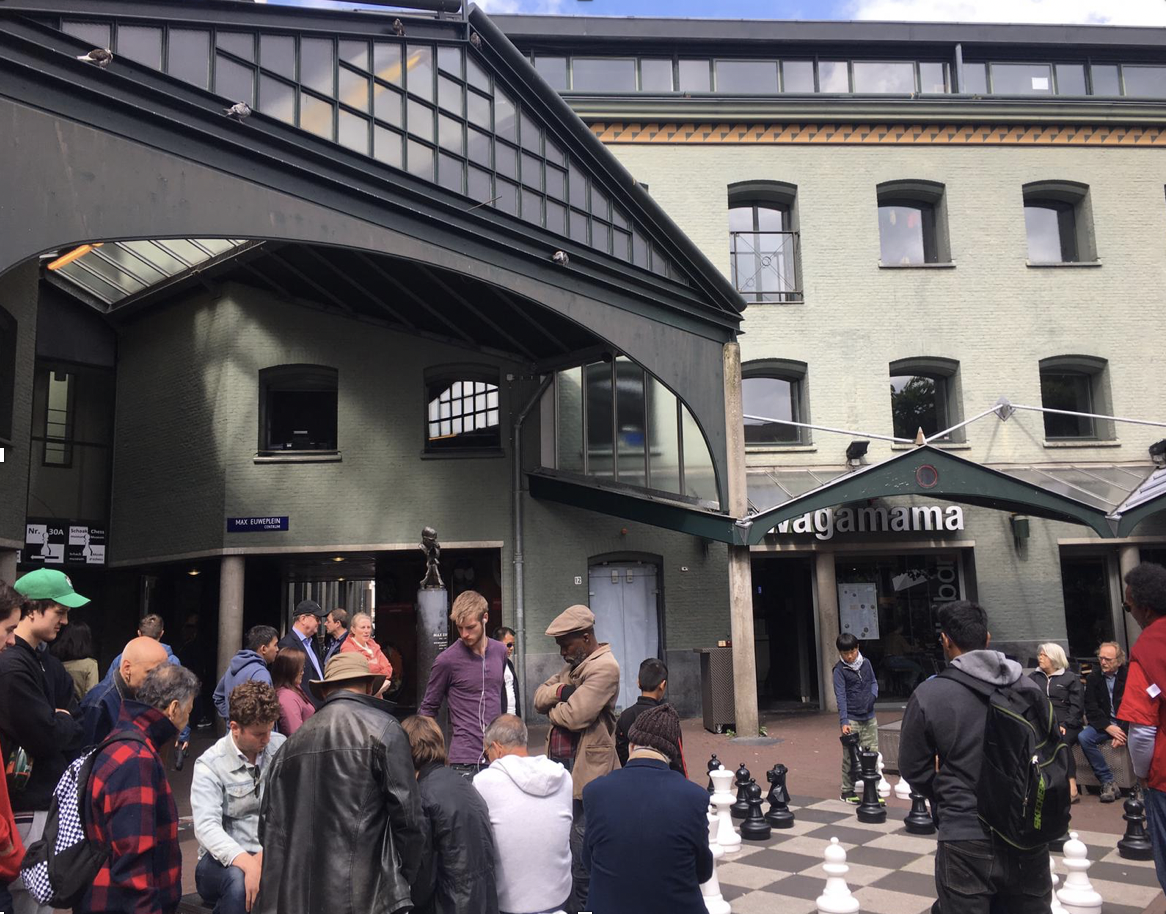
We asked ourselves: how can we begin to consider the history of politics (and the politics of history) as a way of maintaining cultural and symbolic significance?

Take a bit of Amsterdam home with you, have more space next time you visit. Help us make Amsterdam more tourist-friendly!

The forceful removal of people from the only housing they are able to afford is a consequence of the increased control over social spaces and policing of the lower classes.
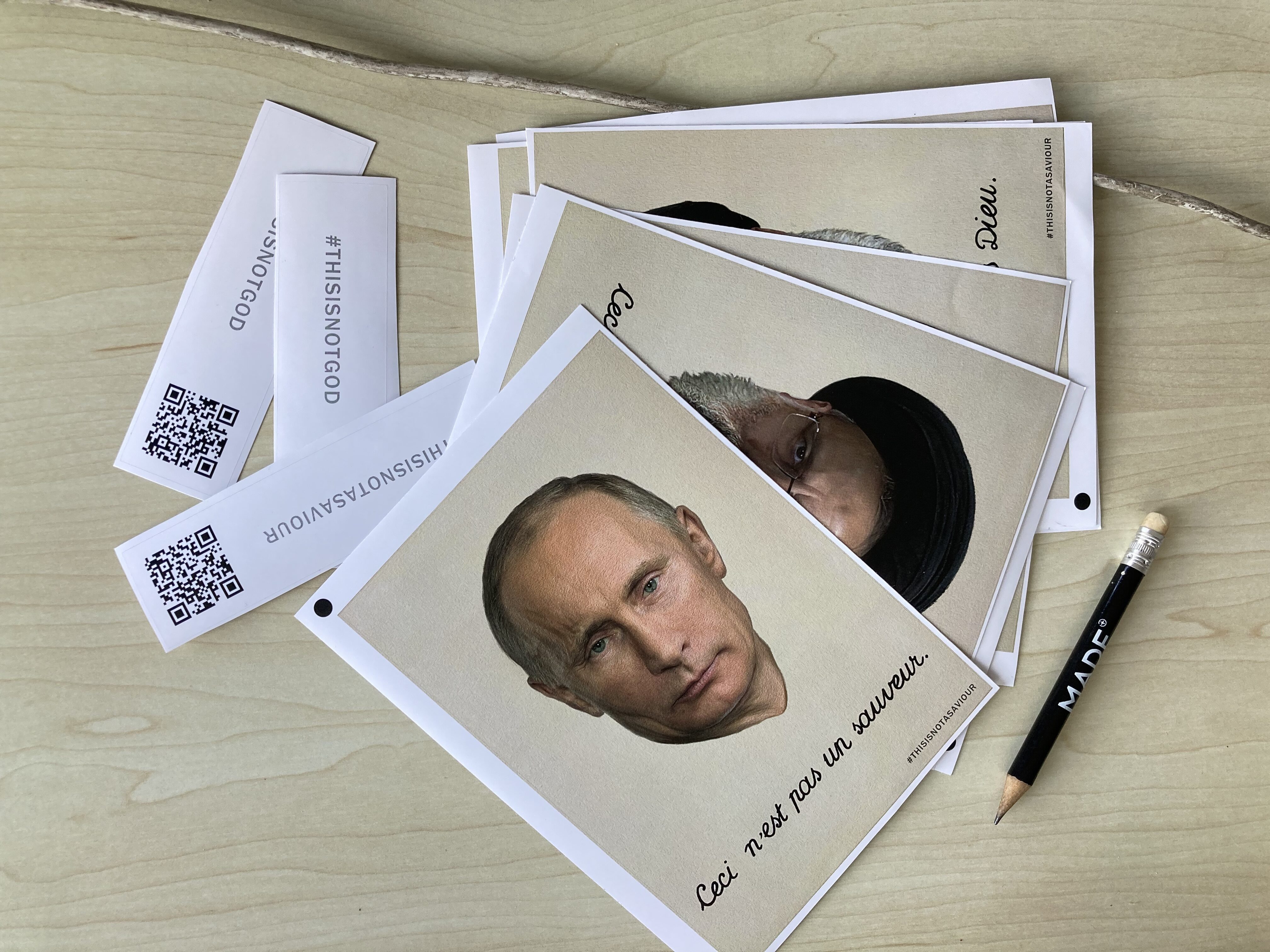
The Hermitage of Amsterdam severed its ties to Russia because of differing ideologies, and we used this as a point of departure to display and play with the (grand) narratives surrounding this museum.
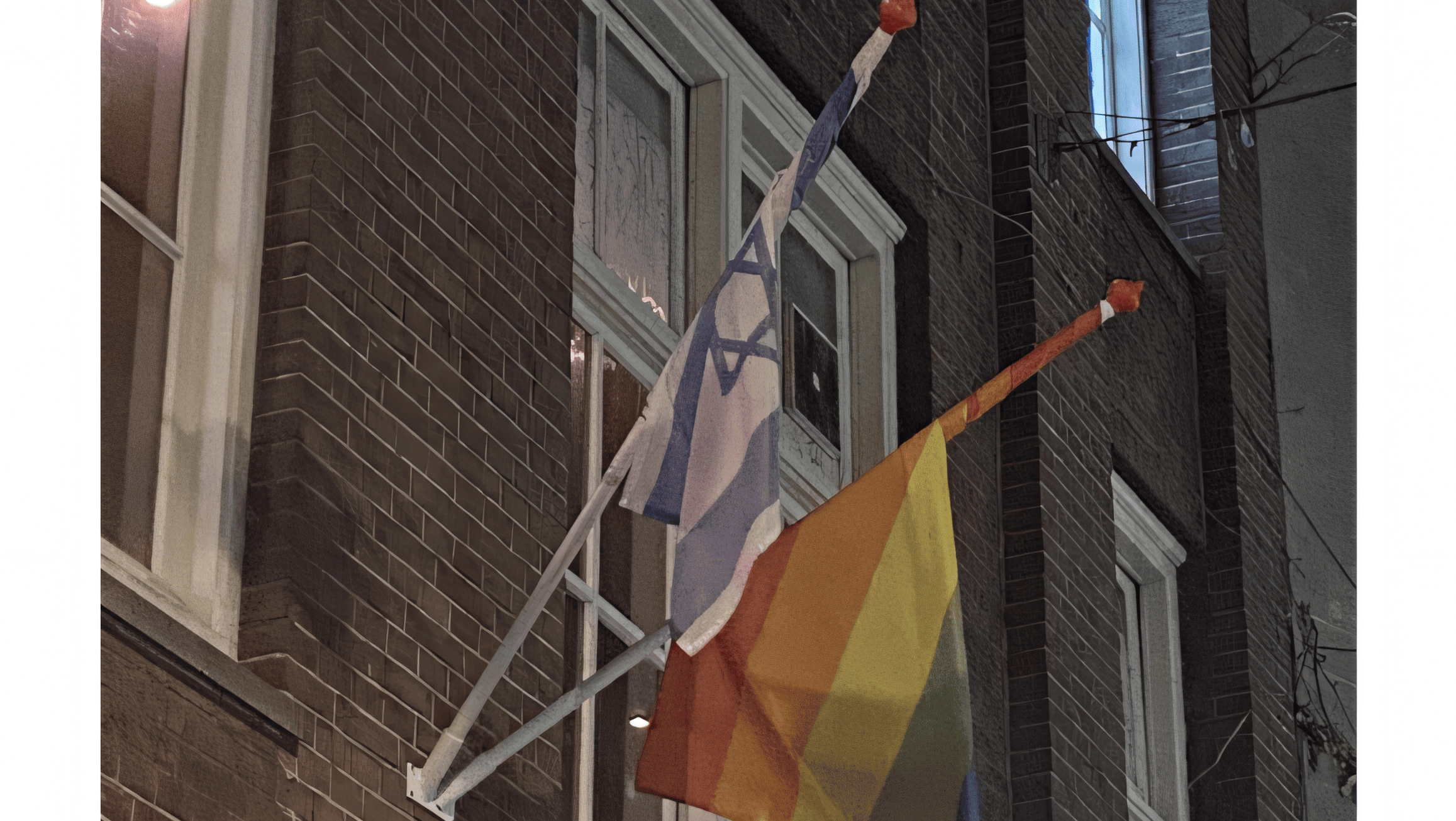
How can you claim to care about people’s lives when you are the first and biggest oppressor in your region?

We took a few quotes as our departure points and stood in front of certain buildings in Amsterdam by holding hand-written banners giving information on the colonial history of these buildings. We wanted to ask the passersby: “Did you know about the colonial history?”
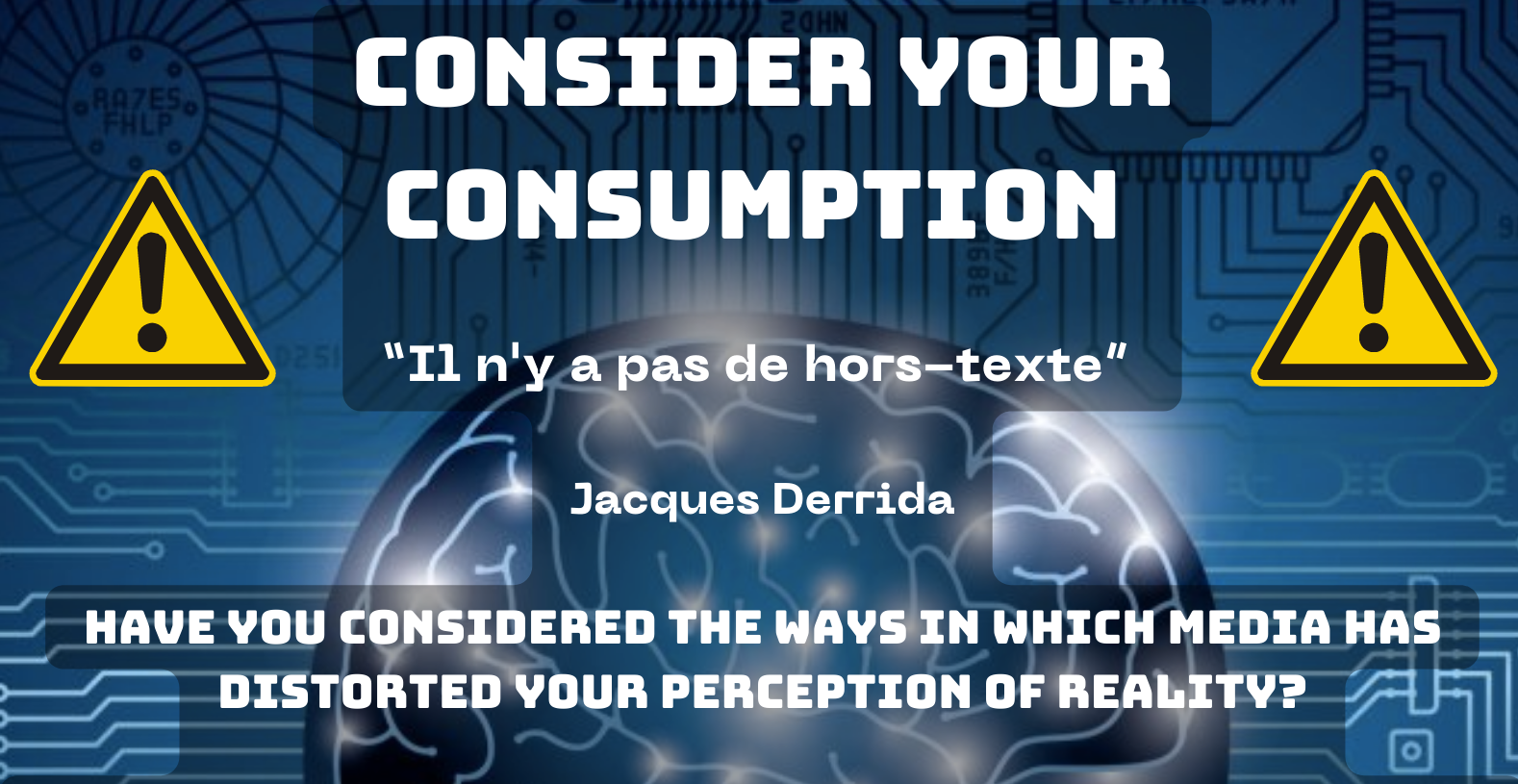
Have you considered the ways in which media has distorted your perception of reality?
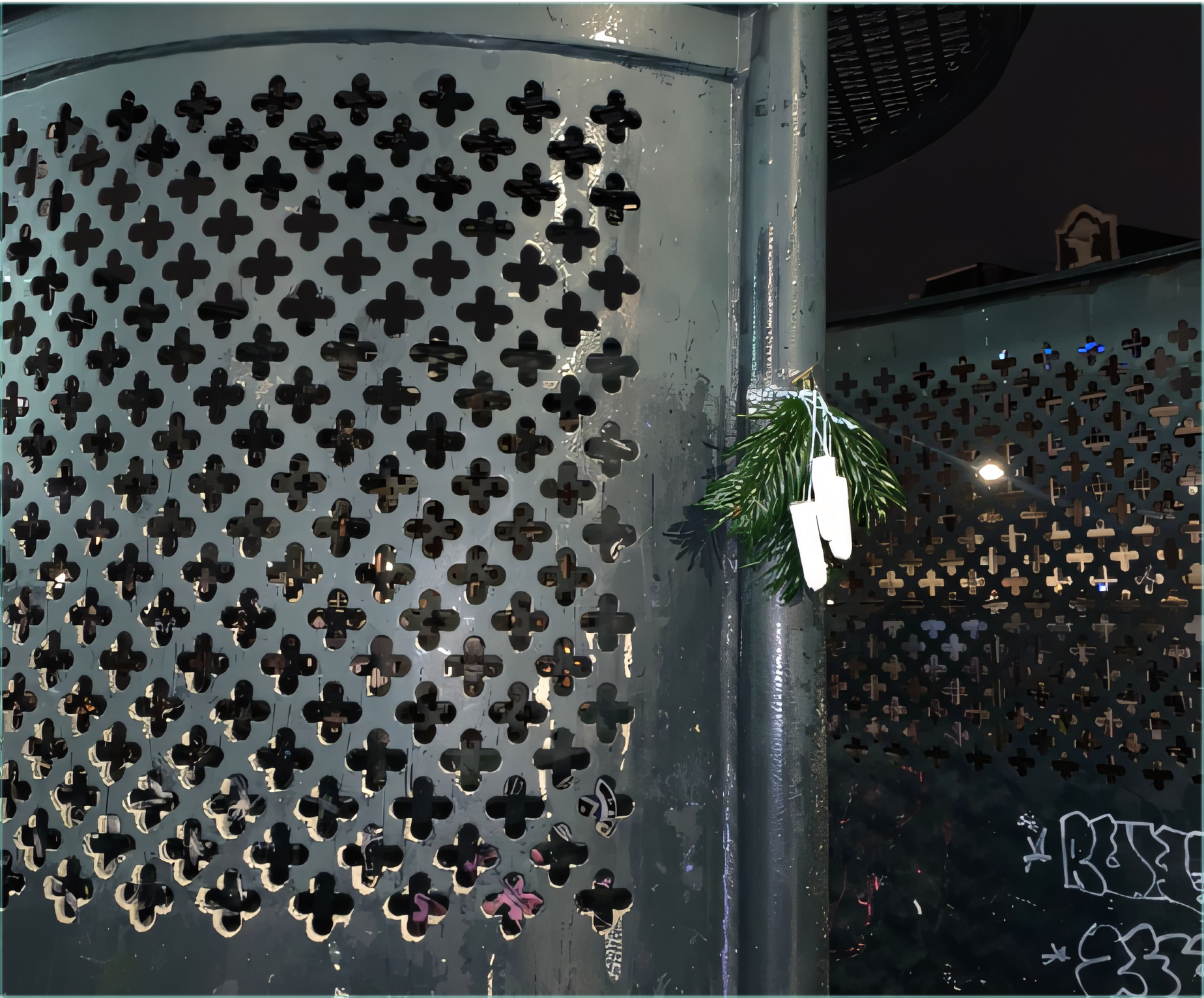
HEY YOU! Wonder why you are standing under a bunch of tampons?
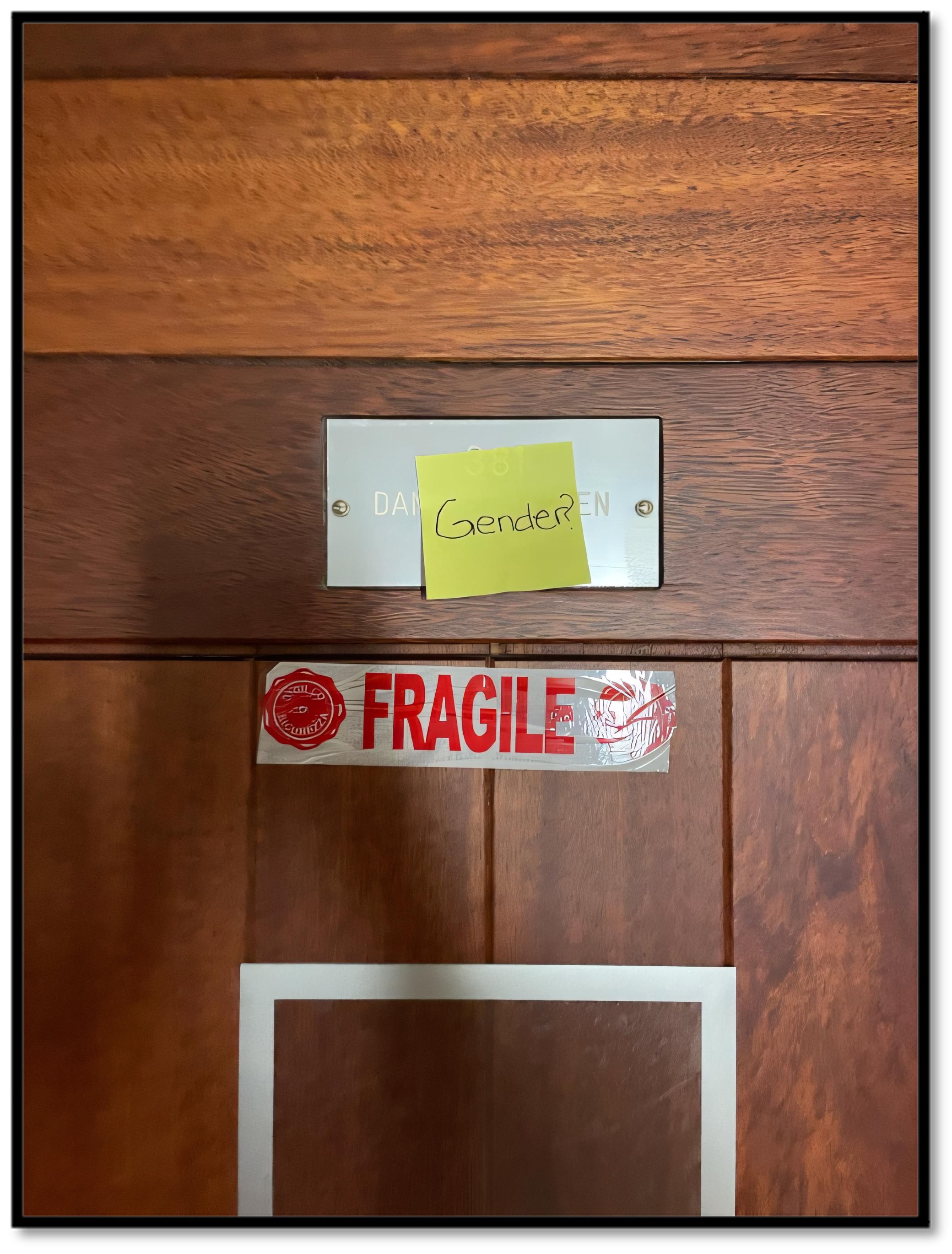
FRAGILE!

Let’s Talk About Queer (past, present, and future)
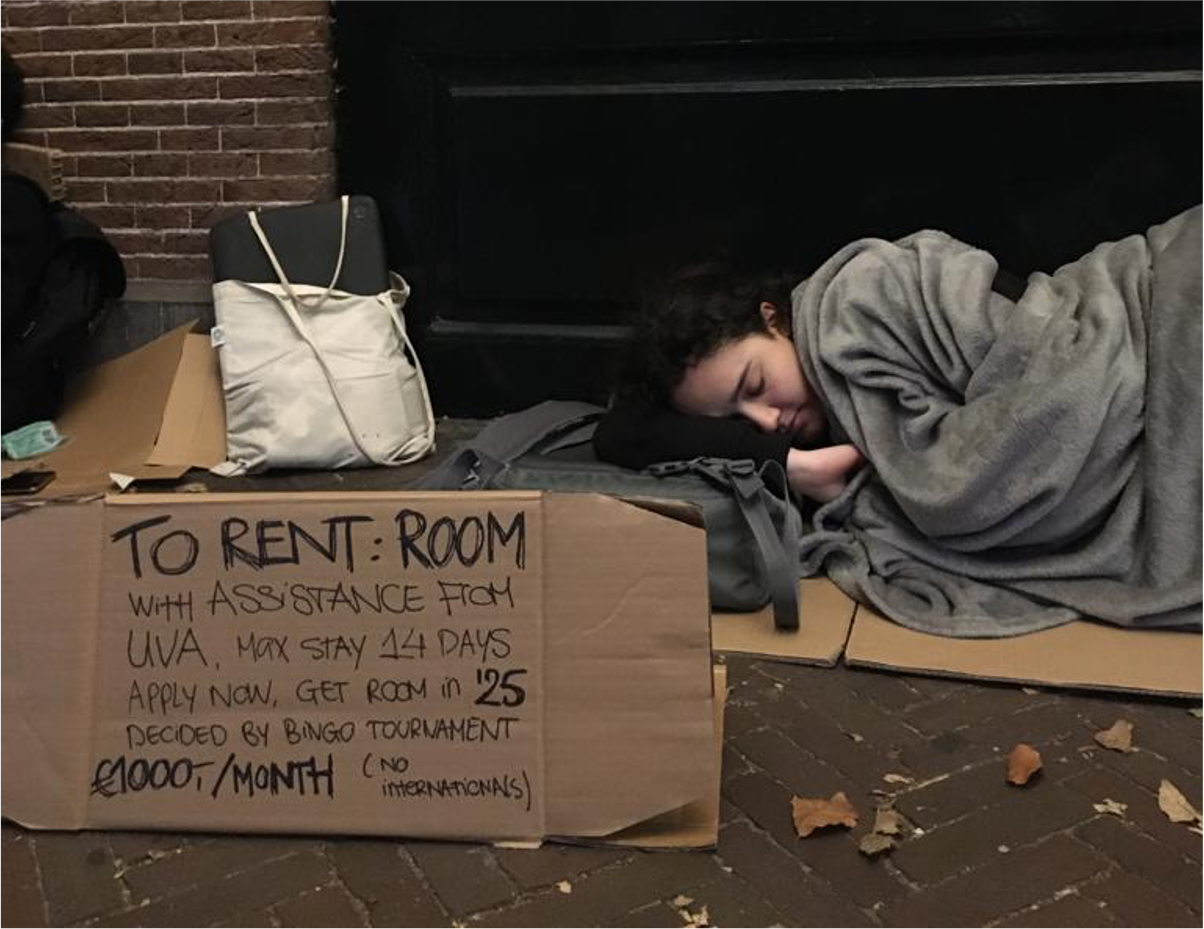
To Rent: Room with assistance from UvA, max. stay: 14 days. Apply now, get the room in 2025, decided by bingo tournament
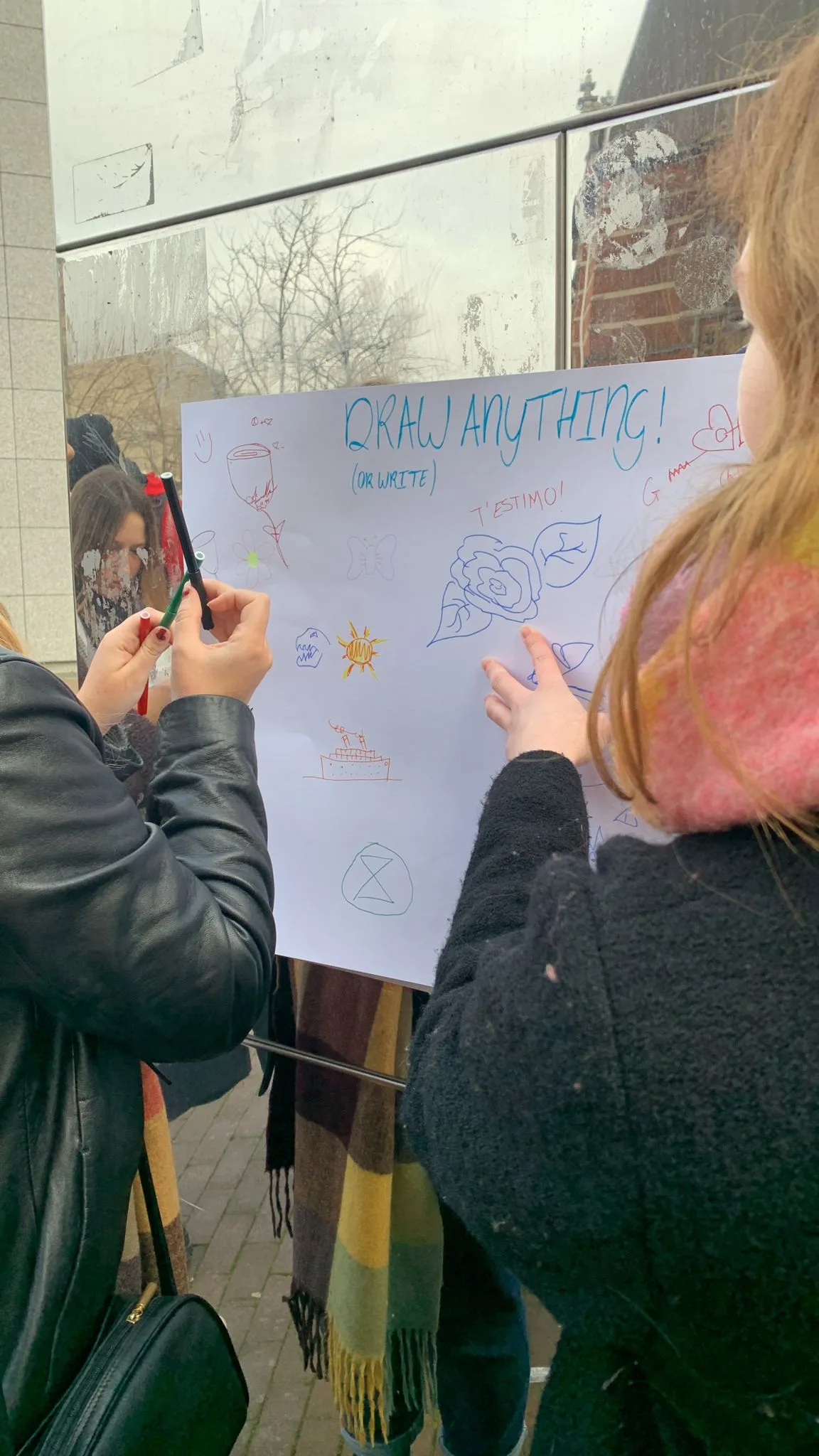
Our main objective was establishing a space where the audience partook in the creation of the art piece that they observed.

This moss shows us how wilderness is present wherever humans are present, even within our footsteps.
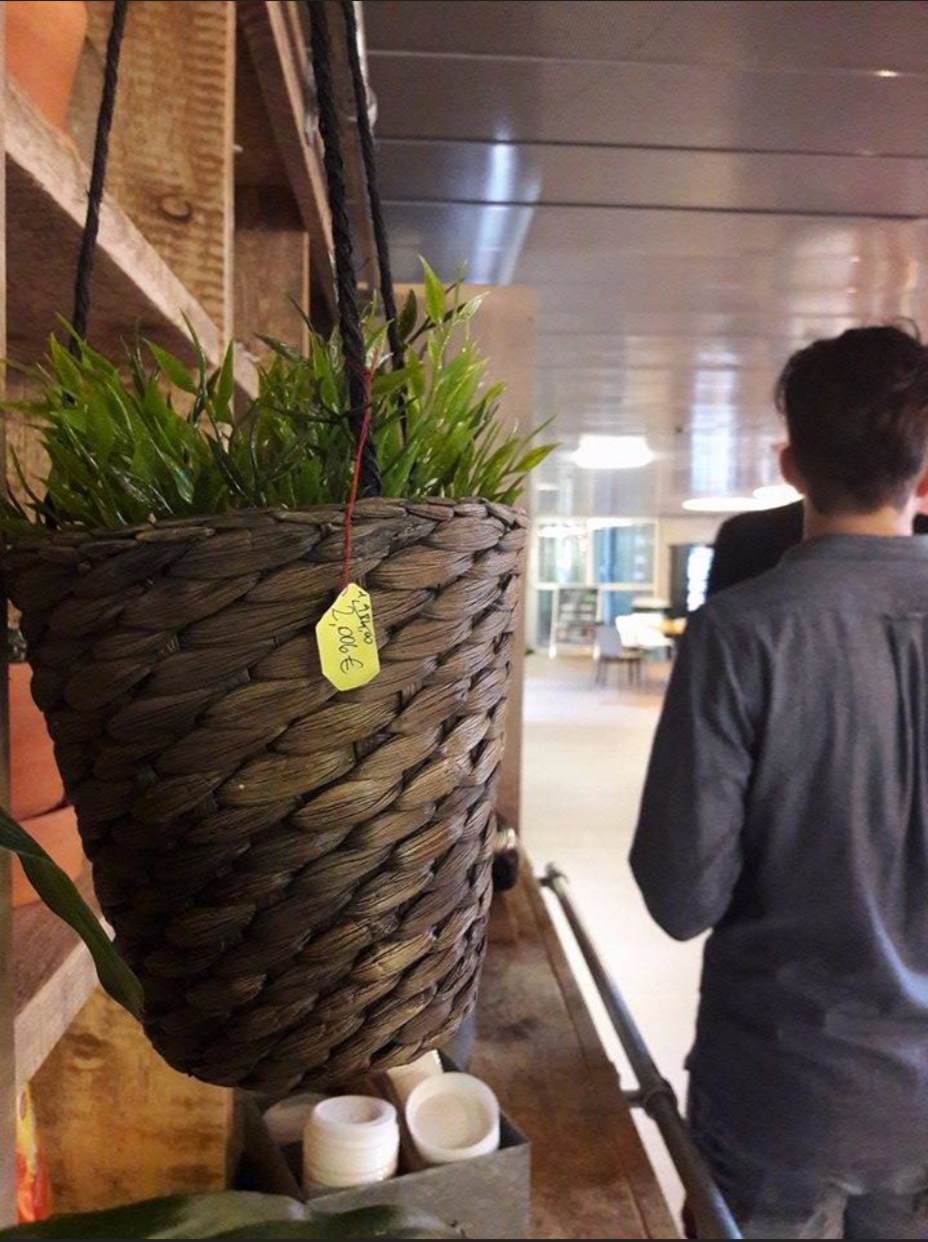
The Culmination of P.C. Hoofthuis / Gentrification / The Alienation of the University and its purpose / The Separation of the City and the Student / Today is the Perfect Day to be Happy
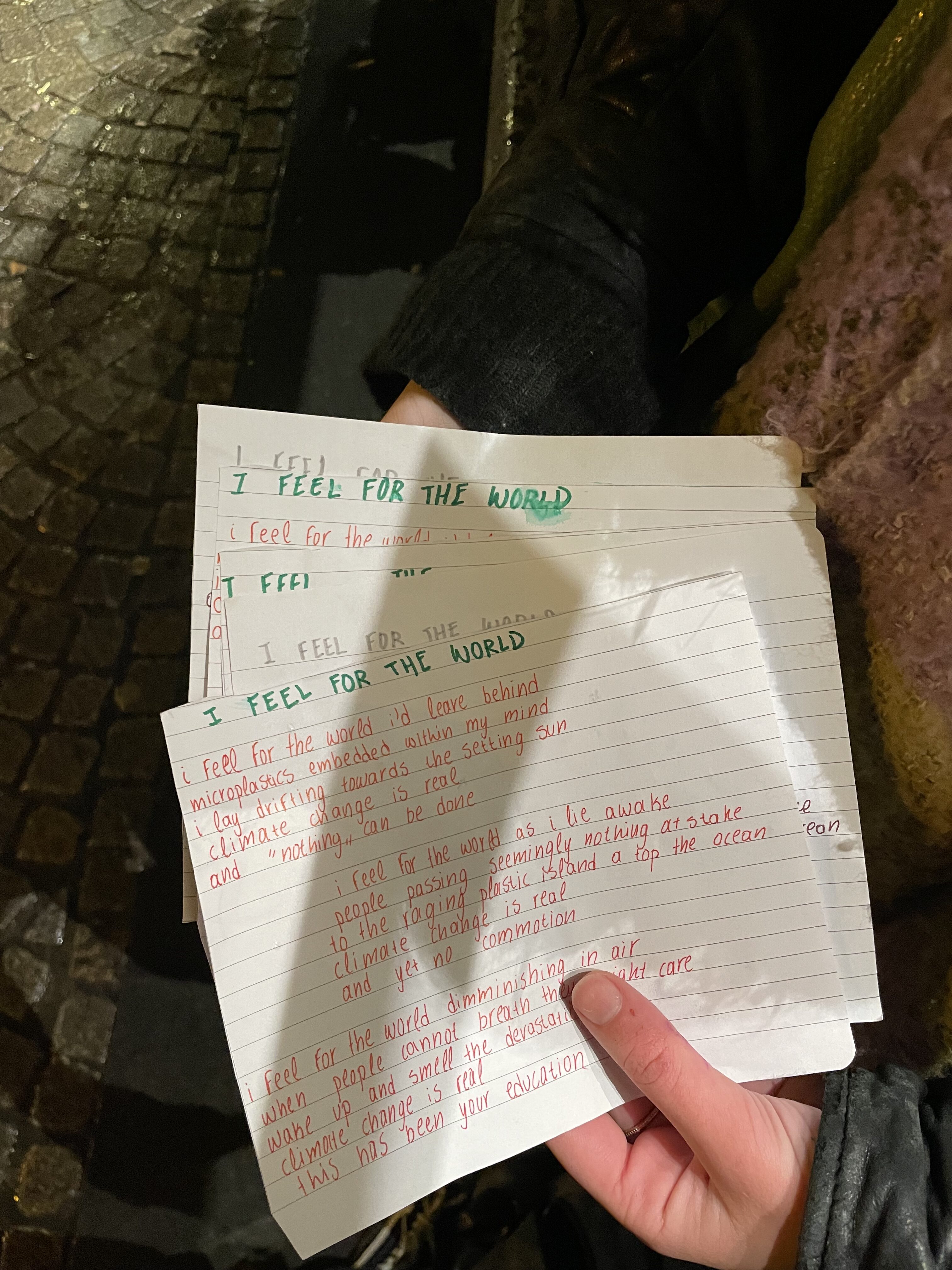
Our idea was to give out a poem to strangers while saying nothing as we recorded the interaction. The poem was about the climate crisis.

…it encouraged questioning the cultural industry of a post-Fordist era that palliate colonial acts through their cultural products.
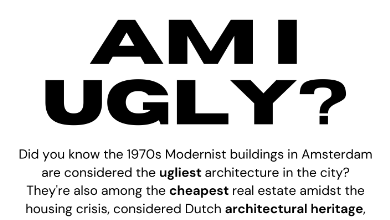
In Defence of Amsterdam’s Ugliest Buildings teases out that ‘culture’ is contained not only in museums and on pre-war European streets, but everywhere in life, if one chooses to look.